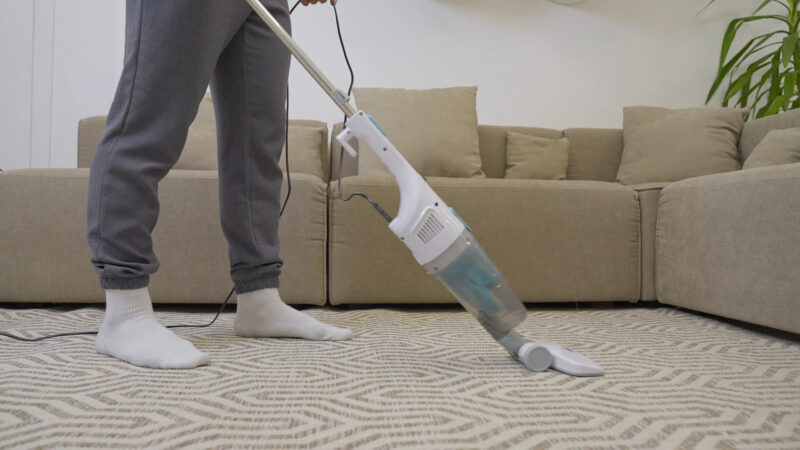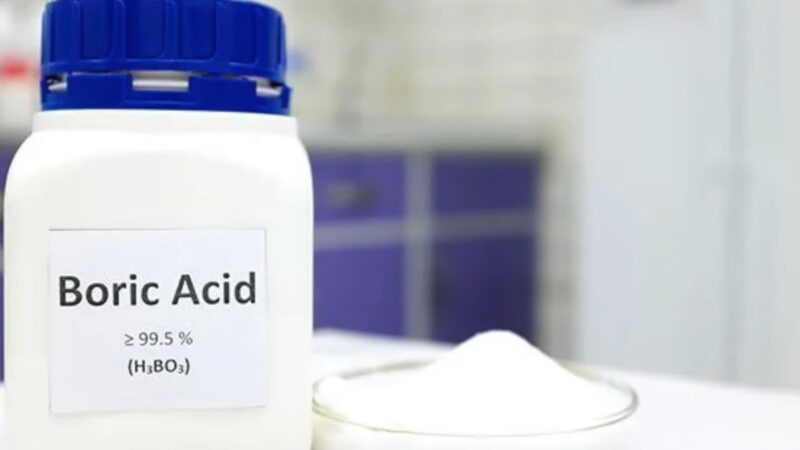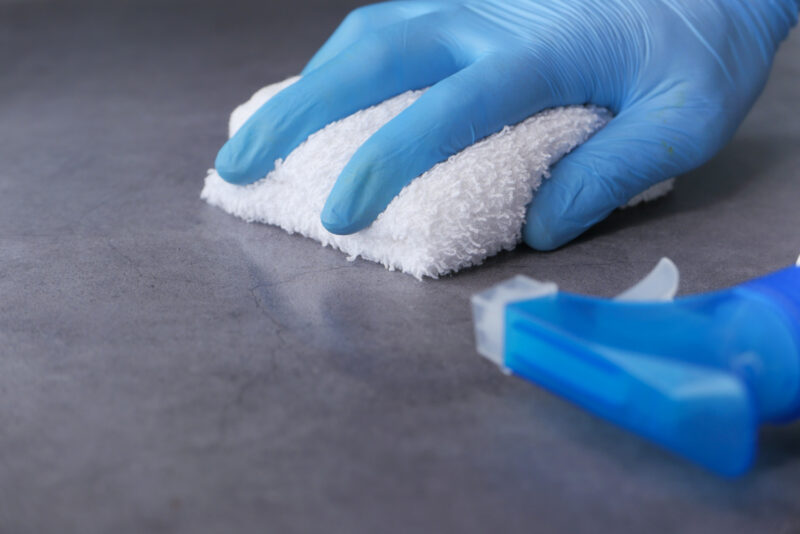Carpet beetle larvae can cause significant damage to your home if left unchecked. These pests feed on natural fibers, making your carpets, clothing, and furniture prime targets. Fortunately, there are several effective methods to eliminate them. Here are seven tried-and-true ways to get rid of carpet beetle larvae and protect your home.
1. Vacuuming and Steam Cleaning

Regular and thorough cleaning is your first line of defense against carpet beetle larvae. Vacuuming removes larvae, eggs, and adult beetles from your carpets, upholstery, and other surfaces. Pay special attention to crevices, baseboards, and under furniture, as these are common hiding spots for larvae.
Steps to Follow
- Vacuum Daily: During an infestation, vacuum your home daily, focusing on areas where you have spotted larvae. Use vacuum attachments to reach tight spaces and fabric surfaces.
- Empty the Vacuum Outside: Always empty the vacuum canister or dispose of the vacuum bag outside your home to prevent re-infestation.
- Steam Clean: Steam cleaning is highly effective because the heat kills larvae and eggs. Steam clean your carpets and upholstery at least once a week during an infestation.
2. Boric Acid

Boric acid is a powerful yet safe pesticide for carpet beetles. It acts as a stomach poison for the larvae when ingested and a desiccant that dries them out.
How to Use Boric Acid
- Sprinkle Boric Acid Powder: Lightly sprinkle the boric acid powder on your carpets and use a broom to work it into the fibers. Let it sit for a few hours before vacuuming thoroughly.
- Boric Acid Spray: Create a spray by mixing one tablespoon of boric acid with two cups of hot water. Use this solution to mist areas where larvae are present, such as baseboards, upholstery, and dark corners.
3. Diatomaceous Earth

Diatomaceous earth is a natural, non-toxic powder that kills carpet beetle larvae by dehydrating them. It is safe to use around humans and pets when applied correctly.
Application Method
- Choose Food-Grade Diatomaceous Earth: Ensure you use food-grade diatomaceous earth, which is safe for use in homes.
- Sprinkle and Distribute: Apply a thin layer of diatomaceous earth to affected areas, including carpets, rugs, and furniture. Distribute it evenly using a brush or broom.
- Vacuum After a Few Days: Leave the diatomaceous earth in place for 48 hours, then vacuum thoroughly to remove it and any dead larvae.
4. Vinegar Solutions

Vinegar is a simple yet effective solution for repelling and killing carpet beetle larvae. It disrupts their natural environment and can be used in various ways.
Ways to Use Vinegar
- Spray Solution: Fill a spray bottle with white or apple cider vinegar and apply it directly to affected areas, such as carpets, upholstery, and clothing. The acidity in vinegar kills larvae and deters adult beetles from laying eggs.
- Washing Clothes: For infested clothing, wash them in a solution of vinegar and water. This not only kills larvae but also removes eggs that may be attached to the fabric.
5. Natural Essential Oils

Essential oils like peppermint and eucalyptus can deter carpet beetles naturally. These oils disrupt the beetles’ ability to locate food sources and nesting sites.
Using Essential Oils
- Create a Spray: Mix several drops of peppermint or eucalyptus oil with water in a spray bottle. Lightly spray areas where you have seen beetles or larvae. This can include closets, drawers, and the edges of carpets.
- Soak Cotton Balls: Soak cotton balls in essential oil and place them in areas prone to infestation, such as wardrobes, storage boxes, and under furniture. Replace the cotton balls every few days to maintain their effectiveness.
6. Insecticides
Insecticides are a more aggressive option for severe infestations. Products containing bifenthrin, cyfluthrin, or deltamethrin are effective against carpet beetle larvae.
Steps for Safe Use
- Select Appropriate Insecticides: Choose insecticides specifically labeled for carpet beetles and follow all safety instructions on the packaging.
- Apply to Target Areas: Apply insecticides to areas where larvae are present, including carpets, baseboards, and upholstery. Avoid overuse and always test a small area first to ensure it does not damage your fabrics.
- Use with Caution: These chemicals can be hazardous to humans and pets, so ensure the treated areas are well-ventilated and avoid contact with treated surfaces until they are dry.
7. Eliminating Food Sources and Clutter

Reducing the availability of food sources and hiding places for larvae is crucial in managing an infestation. Carpet beetles thrive on organic materials, so cleanliness is key.
Cleaning and Organizing Tips
- Declutter Regularly: Remove clutter where larvae can hide, such as piles of clothes, old books, and papers. Store items in sealed plastic containers to protect them from infestation.
- Clean Spills Immediately: Spilled food, pet hair, and organic debris attract larvae. Clean up spills promptly and keep food storage areas clean.
- Launder Infested Items: Wash and dry infested clothing, bedding, and linens on high heat to kill larvae and eggs. Regularly launder items that attract beetles, such as woolen garments and pet bedding.
Prevention Tips
Once you have eradicated the larvae, taking preventive measures can help ensure they do not return.
Preventive Measures
- Seal Entry Points: Repair torn screens, seal cracks, and ensure weatherstripping is intact to prevent adult beetles from entering your home.
- Store Fabrics Properly: Keep susceptible items like wool, silk, and fur in sealed containers or garment bags. Add cedar blocks or mothballs to repel beetles.
- Regular Maintenance: Continue vacuuming and cleaning regularly to remove potential food sources and monitor for any signs of re-infestation.
Last Words
By following these methods, you can successfully eliminate carpet beetle larvae from your home and prevent future infestations. Regular maintenance, cleanliness, and vigilance are key to keeping your home free of these destructive pests.

